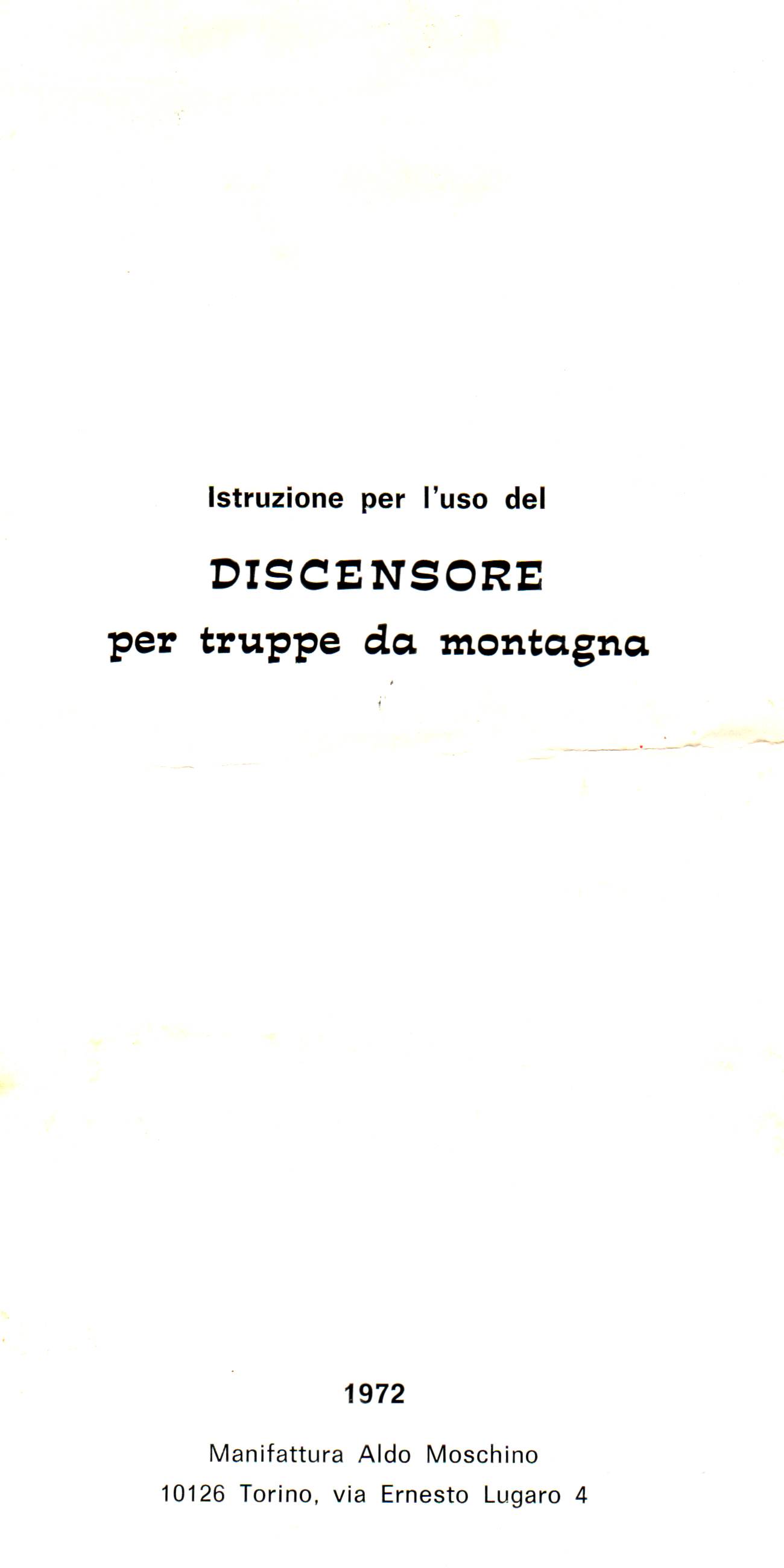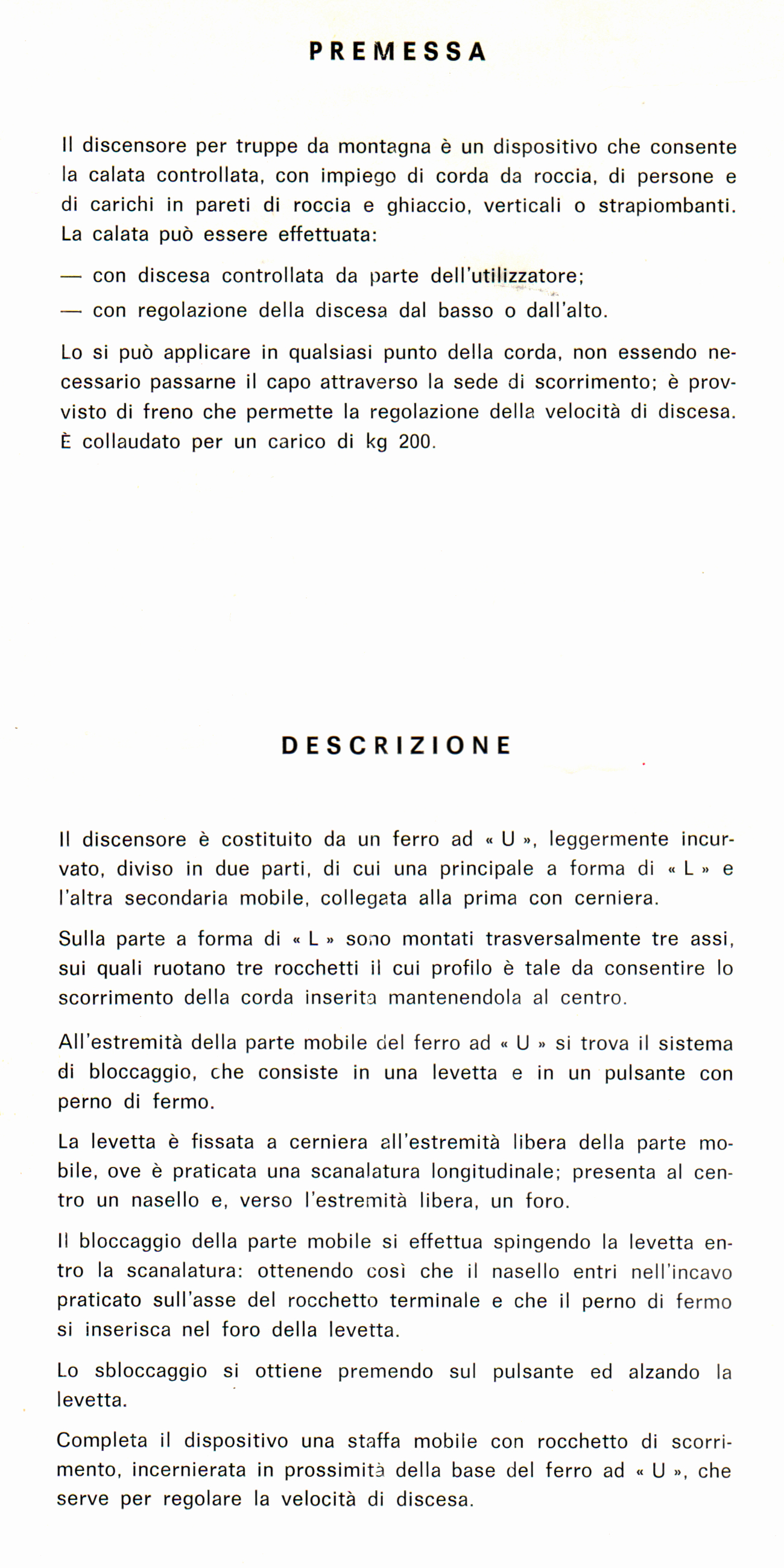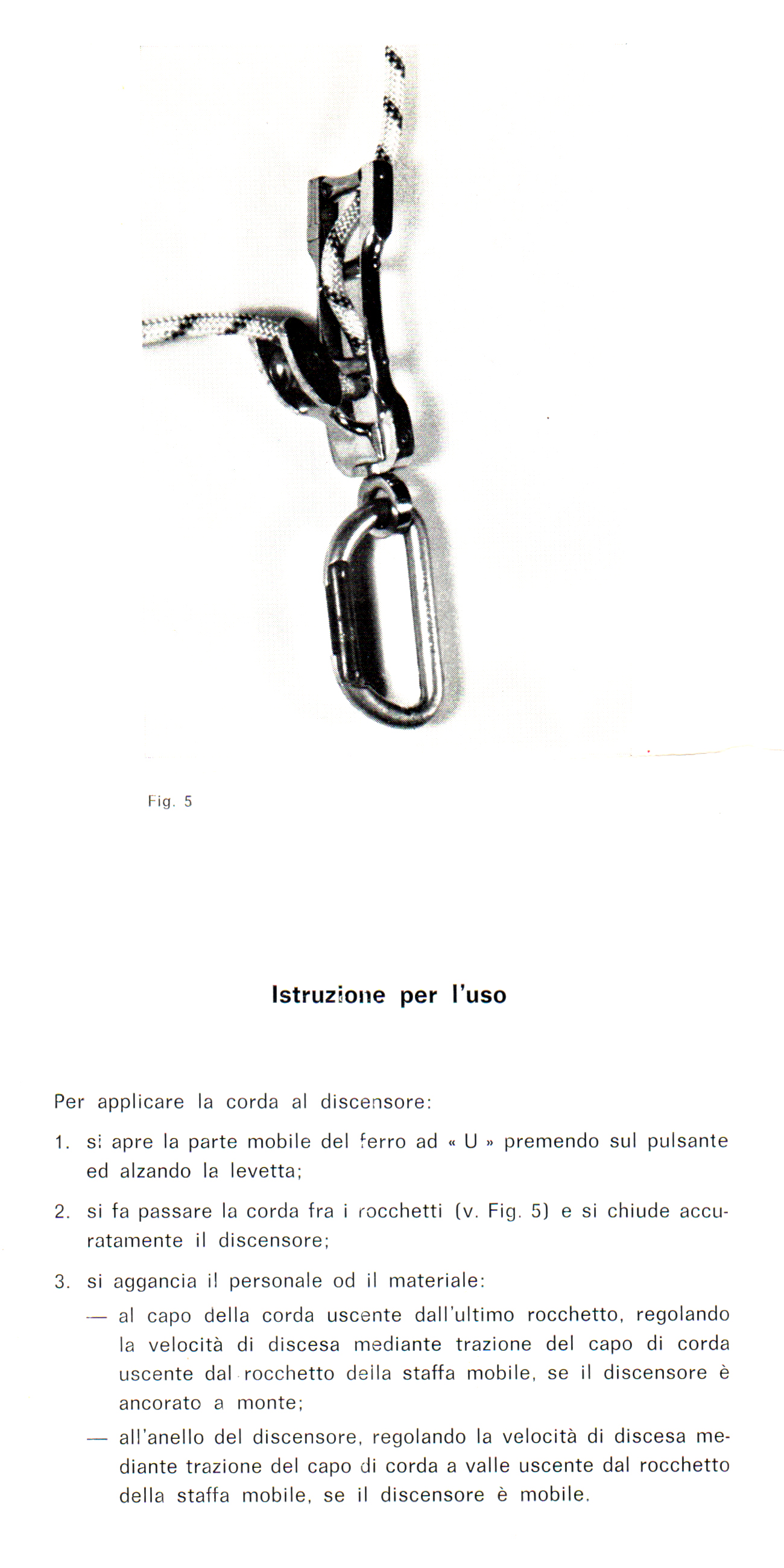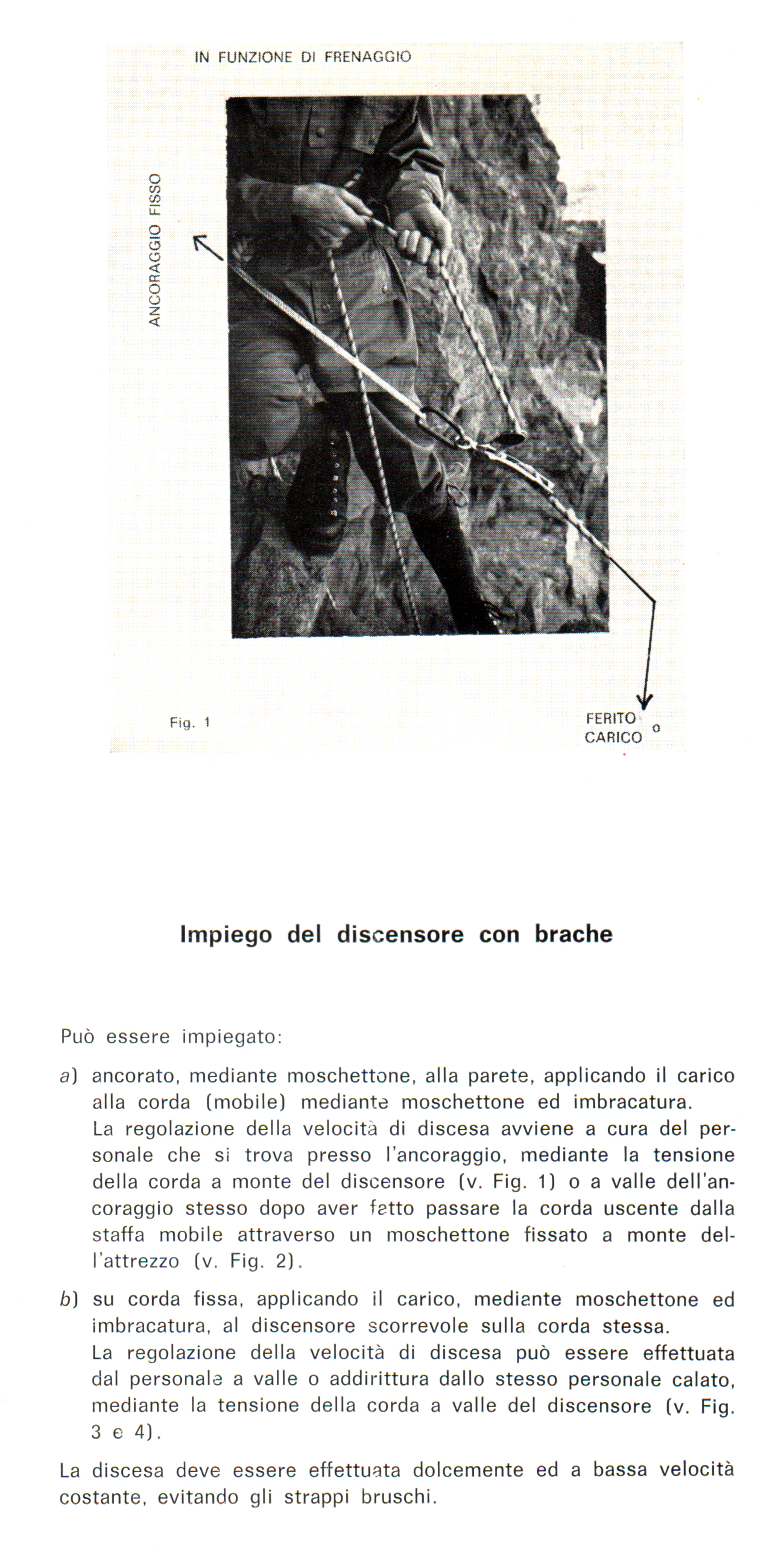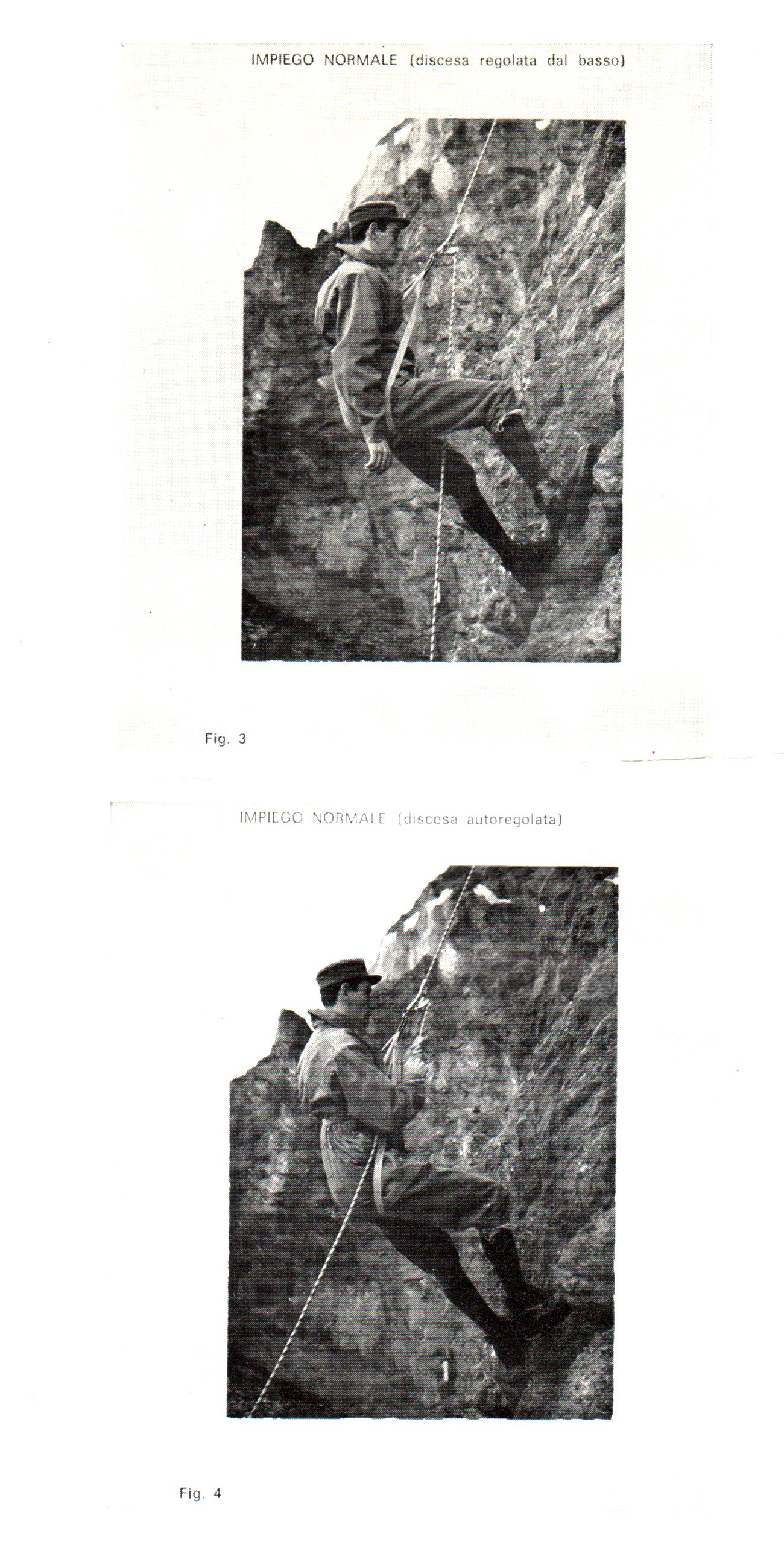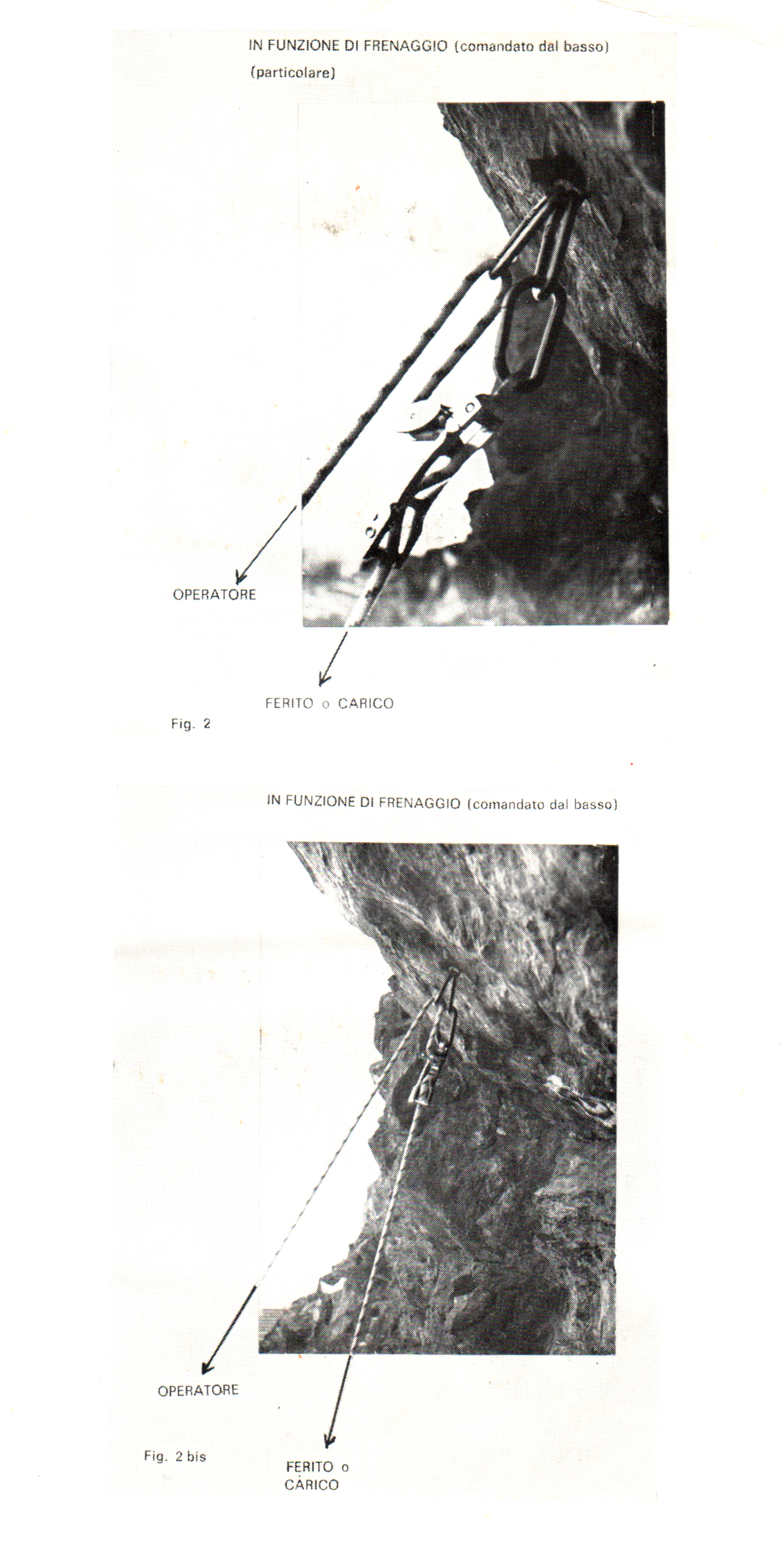Technical Details
I acquired my Aldo Moschino new-in-box from Andrea Rambaldi
in 2006, but it is a much older device. The instructions inside
the box had a 1972 date. Ken Laidlaw sent me a second one in 2019, and Nigel Dyson-Hudson gave me a third at the 2025 N.S.S. Convention. These were also new-in-box..
The Aldo Moschino consists of a hinged steel frame, a side
arm four rollers, a swivel eye, and minor parts. All of the major
components are made from chrome-plated steel.
The main frame is 165 mm. tall and 47 mm. wide. The frame holds
three 36 mm. wide rollers spaced 8, 50, and 98 mm. from the top
of the frame. Each roller has a shallow U-shaped groove so that
the diameter is 9 mm. at the center and increasing to 14.3 mm. at
each end. Each roller rotates freely on its own steel axle. The
axles are shaped to hold the rollers in place when the frame is
open. The left side of the frame is an arm that swings open, pivoting
on a 5 mm. pin set 124 mm. from the top of the frame At the top
of the arm, a milled catch pivots on a 2.5 mm. pin set at the top
front of the arm. A 6.5 mm. hole allows the arm to close over the
end of the top roller axle, and the catch engages a slot in that
axle when closed. The other two axle rollers fit into blind holes
in the arm. A spring-loaded button on the side of the frame holds
the catch in the closed position. The button spring is a strip
of spring steel riveted to the inside of the frame.
A side arm pivots on a 5 mm. pin 136 mm. below the top of the
main frame. This axle is held in place by slotted nuts at each
end. The side arm supports a fourth roller 50 mm. from the arm
pivot. This roller is 16.5 mm. wide and has a U-shaped groove with
20 mm. side and 11 mm. center diameters. This roller’s axle is a
slotted-head axle screw.
The eye hangs from the bottom of the frame. The top of the
eye is riveted to the frame, but loose enough to let the eye to
pivot freely. The inner diameter of the eye is 16.8 mm., and the
edges of the hole are well-rounded.
The top of the main frame bends away from the side arm, roughly
at the side arm roller elevation. The total bend is about 12 mm.,
again measured at the side arm roller elevation.
There are no markings on the descender.
The Aldo Moschino was manufactured by the company of that name
in Torino, Italy. They designed it for mountain troops, and labeled
it as such ("Discensore per truppe da montagna"). The instructions
show its use as a lowering device as well as a rappelling device.
Rigging the Aldo Moschino is simple: open the frame and weave
the rope between the rollers (letting the tail end come out below
the third roller and over the fourth (side arm) roller), and then
close and lock the frame.
The rivets that hold the button spring to the inside of the
frame are small but rough. This should not cause problems when
descending single ropes, but they may do minor sheath damage when
using doubled ropes.
Bob Thrun and I have each wondered about creating a rappel
device that used rollers so that "all" of the friction
generated on descent came from the rope’s internal friction. We
assumed that one would need one or two dozen rollers to have enough
rope bend to create enough friction for a safe descent. Imagine
my surprise when I saw this device. I couldn't imagine getting
much friction from only four rollers, even if there was a sharp
bend around the lower one. Well, my testing shows that I don't:
this device is FAST! Too fast and too heavy are two strikes: enough
for me; this will not be my primary descender.

For far more content, use a larger monitor and a full-width window.
Hundreds of cell phone users complained and asked me to for a simpler, mobile friendly site. In particular, they wanted me to limit each page to a small number of pictures and minimize my use of text. This new site provides what they asked for.


